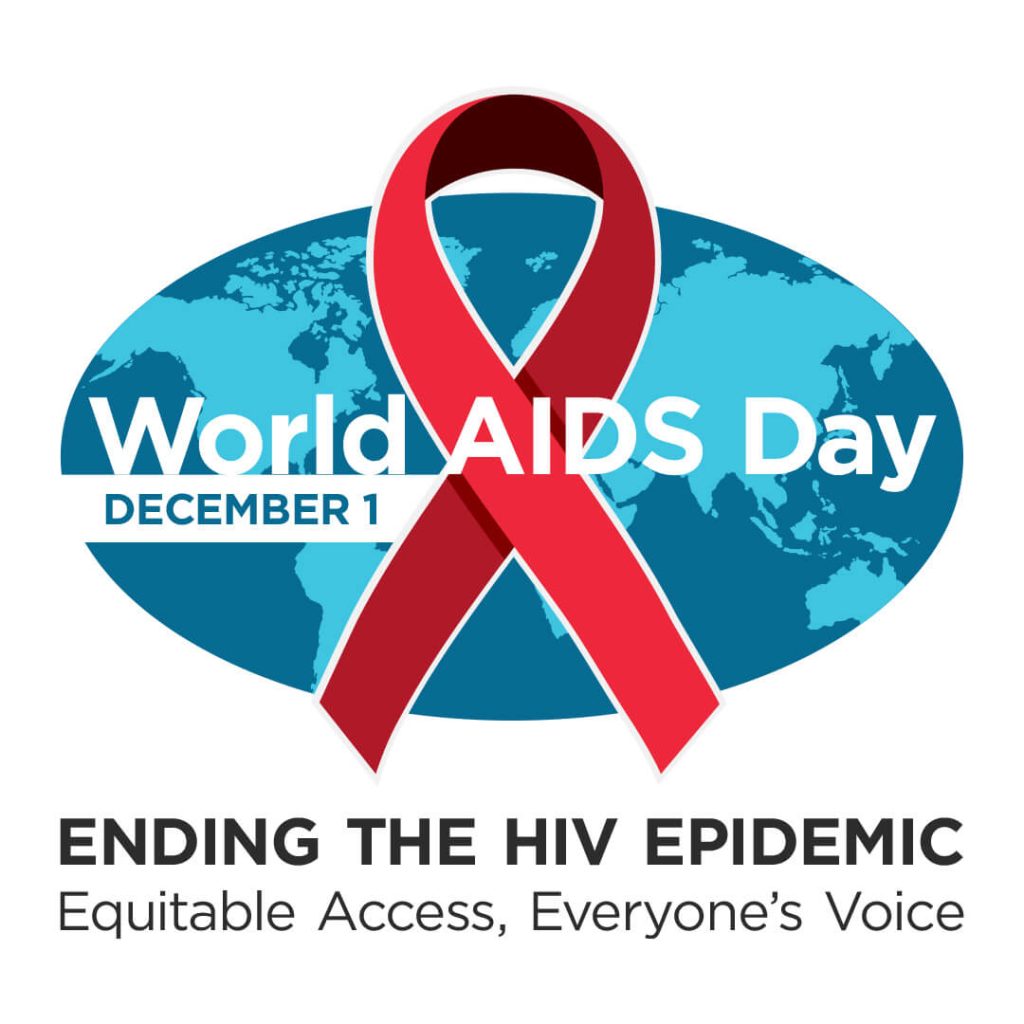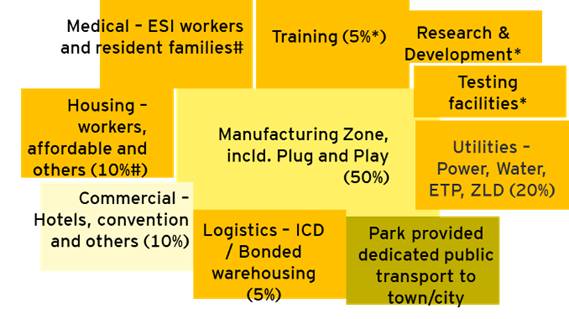CONTENTS:
- INDIA-ITU JOINT CYBERDRILL 2021
- NATIONAL RURAL LIVELIHOOD MISSION
- WORLD AIDS DAY
- PM MEGA INTEGRATED TEXTILE REGION AND APPAREL (PM MITRA) PARKS
INDIA-ITU JOINT CYBERDRILL 2021
Focus: GS Paper – 3: Cyber Security, Cyber Warfare, Challenges to Internal Security through Communication Networks
Why in news?
Department of Telecommunications (DoT) and International Telecommunication Union (ITU) have commenced India-ITU Joint Cyberdrill 2021. This Cyberdrill is intended for Indian entities especially Critical Network Infrastructure operators
Aim: To improve the cybersecurity readiness, protection, and incident response capabilities of Member States by conducting CyberDrills at the national and regional level.
Key points:
- This event where cyberattacks, information security incidents, and other disruptions are simulated, help to test an organization’s cyber capabilities.
- It will emphasize the role of national Computer Incident and Response Teams (CIRTs) and Computer Security Incident Response Teams (CSIRTs) in building cyber resilience and protecting critical information infrastructure.
About Cyber Security:
- It is the application of technologies, processes and controls to protect systems, networks, programs, devices and data from cyber attacks.
- It aims to reduce the risk of cyber attacks and protect against the unauthorised exploitation of systems, networks and technologies.
- Cyber is no more limited to security only, it is now linked with socio economics as well, which includes politics, industry, health, education and critical infrastructure.
Need:
- Cyber security spends in India are rising rapidly because of the massive digitisation movement.
- Demonetization and the government’s push for Digital India have pushed demand for cyber security talent.
- Increased Digital usage Post-Covid. Critical infrastructure is getting digitised in a very fast way — this includes financial services, banks, power, manufacturing, nuclear power plants, etc.
- Developing not just defences against attack, but the ability to mount damaging cyber warfare offensives.
- Protection of the huge amount of confidential data stored by local, state or central governments related to country (geographical, military strategic assets etc.) and citizens.
Steps taken by India to improve Cyber Security:
- Section 66F of ITA Act
- National Cyber Policy, 2013.
- Cyber Surakshit Bharat Initiative.
- Cyber Swachhta Kendra.
- Online cybercrime reporting portal.
- Indian Cyber Crime Coordination Centre (I4C)
- National Critical Information Infrastructure Protection Centre (NCIIPC)
NATIONAL RURAL LIVELIHOOD MISSION
Focus: GS Paper – 2: Government Policies & Interventions, Issues Relating to Development, Issues Related to WomenSelf Help Groups (SHGs), Welfare Schemes
Why in news?
A Memorandum of Understanding (MoU) is entered between the Ministry of Rural Development and Flipkart Internet Pvt. Ltd under National Rural Livelihood Mission
Key features:
- SHG members and Clusters (geographical grouping of SHGs) will be provided training support for on-boarding products.
- Waiver of all commission charges for selling on the platform for a period of 6 months.
- Cataloguing support for a maximum of 100 products per seller.
- Other benefits like support for warehousing and account management etc.
Similar Initiatives:
- Ministry of Rural Development in collaboration with Government e-Marketplace (GeM) has created “Saras Collection” as a Store Front in GeM for marketing of SHG products.
- Jharkhand has supported SHGs to register on Amazon and Flipkart.
- Kerala and Maharashtra have supported SHGs to register on Amazon.
About National Rural Livelihood Mission:
- Aim: Creating efficient and effective institutional platforms of the rural poor, enabling them to increase household income through sustainable livelihood enhancements and improved access to financial services.
- It is a centrally sponsored program, launched by the Ministry of Rural Development in June 2011.
- The program is supported partially by the World Bank.
- The mission aims at harnessing the inherent capabilities of the poor and equip them with capacities (such as knowledge, information, tools, finance, skills, and collectivization for them to take part in the economy.
- The scheme started with an agenda to cover 7 Crore rural poor households via Self Help Groups (SHGs) and federated institutions and support them for livelihoods collectives in 8-10 years.
WORLD AIDS DAY:
Focus: GS Paper – 2: Health, Important International Institutions
Why in news?
The World AIDS Day was observed on 1st December
- Theme: “Ending the HIV Epidemic: Equitable Access, Everyone’s Voice”.

Key Points:
- The World AIDS Day was first observed in 1988.
- Each year, organizations and individuals across the world to draw attention of all to the AIDS epidemic, in an endeavor to increase HIV/AIDS awareness and knowledge, speak out against ADIS stigma, and call for an increased response to move toward ending the AIDS Epidemic.
About AIDS:
- AIDS is a pandemic disease caused by the infection of Human Immunodeficiency Virus (HIV), which damages the human immune system.
- As the virus destroys and impairs the function of immune cells, infected individuals gradually become immunodeficient.
- HIV can be transmitted via the exchange of a variety of body fluids from infected people, such as blood, breast milk, semen and vaginal secretions.
- HIV can also be transmitted from a mother to her child during pregnancy and delivery.
- HIV can be diagnosed through rapid diagnostic tests that provide same-day results.
Treatment:
- HIV disease can be managed by treatment regimens composed of a combination of three or more antiretroviral (ARV) drugs.
- Stem Cell Transplant: Under this, an infected person is treated with stem cell transplant from donors carrying a genetic mutation that prevents expression of an HIV receptor CCR5.
Global efforts:
- HIV continues to be a major global public health issue, having claimed 36.3 million lives so far.
- SDG-3 deals with ensuring healthy lives and promoting wellbeing for all at all ages (including universal access to HIV prevention services, sexual and reproductive health services and drug dependence treatment and harm reduction services).
- UNAIDS is working towards ensuring that 30 million people have access to treatment through meeting the 90–90–90 targets, whereby 90% of people living with HIV know their HIV status, 90% of people who know their HIV-positive status are accessing treatment and 90% of people on treatment have suppressed viral loads.
Government Initiatives
- As per the latest HIV estimates report (2019) of the Government, India is estimated to have around 23.49 lakh people living with HIV/AIDS in 2019.
- National AIDS Control Programme (NACP), implemented by the National AIDS Control Organization (NACO) under the Ministry of Health and Family Welfare is the nodal programme for AIDS prevention, treatment and awareness generation. India is committed to achieving the 90-90-90 targets of UNAIDS.
- The National AIDS Control Organisation (NACO) was established in 1992 as a division of the Ministry of Health and Family Welfare. It provides leadership to HIV/AIDS control programmes in India through 35 Prevention and Control Societies.
- India has achieved the 6th Millennium Development Goal (MDG 6) of halting and reversing the HIV epidemic.
- Project Sunrise: It was launched by the Ministry of Health and Family Welfare (2016) to tackle the rising HIV prevalence in north-eastern states.
- HIV and AIDS (Prevention and Control) Act, 2017: It provides for controlling and preventing of HIV/AIDS and securing the rights of individuals diagnosed with HIV/AIDS.
PM MEGA INTEGRATED TEXTILE REGION AND APPAREL (PM MITRA) PARKS
Focus: GS Paper – 2: Government Policies & InterventionsGS Paper – 3Growth & DevelopmentMobilization of ResourcesInclusive Growth
Why in News?
The Government has approved setting up of 7 PM Mega Integrated Textile Region and Apparel (PM MITRA) Parks in Greenfield/Brownfield sites with an outlay of Rs. 4445 cr for a period of seven years upto 2027-28.
Key features:
- PM MITRA park will be developed by a Special Purpose Vehicle which will be owned by State Government
- State Governments to have ready availability of contiguous and encumbrance-free land parcel of 1,000+ acres for being eligible.
- It is envisaged to be on Public Private Partnership (PPP) mode.

Funding:
- Development Capital Support (DCS) @30% of the project cost with a maximum support of ₹ 500 Cr and ₹200 Crore per park for Greenfield and Brownfield PM MITRA Park respectively.
- Provision of Rs. 300 Cr. per park for incentivizing the industries to set up their units in the park.
Significance:
- Convergence with other Central Government and State Government Schemes
- Enhance the competitiveness of the textiles industry, by helping it in achieving economies of scale and will create huge job opportunities for millions of people.
- It will reduce logistics cost and strengthen the value chain
- Leveraging Economies of Scale, the scheme will help Indian companies to emerge as Global Champions.
- The parks are crucial to attract Foreign Direct Investment (FDI).
About Greenfield and Brownfield Projects:
- Greenfield and Brownfield investments are two types of foreign direct investment.
- Greenfield describes a completely new project that has to be executed from scratch, while a Brownfield project is one that has been worked on by others.
* * *



